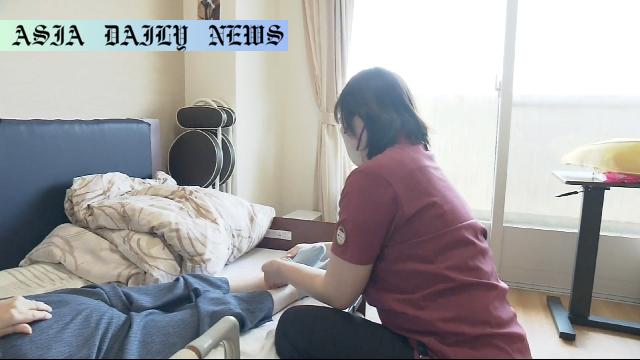elderly care software eases burden on workers, allowing them to focus on caring for residents by automating administrative tasks.
- Elderly care homes in Japan are automating tasks with new software.
- Shift scheduling reduced from 10 hours a month to mere minutes.
- Sompo Care uses this to prioritize quality care for elderly residents.
- Sumitomo Corporation aims to implement this software more widely.

Introduction to the Elderly Care Crisis
Japan, known for its aging population, is facing a significant workforce crisis in the elderly care sector. With increasing needs for care services and a decreasing pool of workers due to demographic trends, care homes are struggling to provide quality care while managing administrative burdens. One innovative solution to this issue is the adoption of specialized software to streamline back-office operations, freeing up valuable employee time that can be redirected to resident care.
Sompo Care, which operates 450 facilities nationwide, has taken the lead in introducing such a system. Employee feedback revealed that much of their time was consumed by administrative tasks, particularly creating staff shift schedules. This not only detracted from time spent with residents but also contributed to workplace stress and inefficiency.
Revolutionizing Administrative Tasks
The new software, developed by Sumitomo Corporation, automates the previously time-consuming process of shift scheduling. Employees can now input their preferred times and days off directly through their smartphones. The system then uses these inputs to automatically generate optimized rosters, taking into account operational needs and staff preferences. As a result, what previously required 10 hours of manager time each month can now be accomplished within minutes.
Eliminating this administrative burden has had an immediate impact on care home operations. Director Saito Shota expressed gratitude for the innovation, noting that the saved time allows staff to focus more on residents’ needs and create a more supportive, caring environment. By leveraging technology, the care home significantly improves staff satisfaction and resident welfare.
The Bigger Picture: Expanding Innovations
Sumitomo Corporation aims to introduce this software to 30 percent of nursing facilities across Japan, potentially transforming how care homes operate nationwide. With an increasing number of elderly citizens requiring care, automation in administrative tasks could become a standard practice. Such technology not only relieves employees but also allows organizations to allocate more resources to improving the quality of care provided.
Balancing Technology and Compassion in Care
While the software has demonstrated substantial benefits, the human element of elderly care remains irreplaceable. The primary value lies in its ability to alleviate operational burdens, ensuring that caregivers can prioritize human interactions over manual tasks. Striking the right balance between technology and traditional caregiving practices will be essential as these systems expand their reach.
Ultimately, innovations like these represent a broader trend toward digitization in industries struggling with labor shortages. By embracing tools that enhance efficiency and ease the workload, Japan’s care sector could set a global benchmark for addressing challenges associated with aging populations. The key is thoughtful implementation that supports staff while ensuring the well-being of residents remains paramount.



Commentary
The Impact of Automation on Elderly Care
The introduction of automation in Japan’s elderly care sector marks a significant step towards addressing the workforce challenges posed by an aging population. The use of software to simplify shift scheduling not only saves time but also transforms the work environment for the better. It is remarkable that a task that previously consumed 10 hours of managerial time each month can now be completed in just a few clicks.
Empowering Caregivers Through Innovation
Caregivers play a vital role in ensuring the health and well-being of elderly residents. By reducing administrative tasks, the software empowers these individuals to dedicate their time to what truly matters—providing compassionate care. Such innovations can alleviate stress and enhance job satisfaction among staff, reducing burnout and fostering a more positive workplace culture.
A Path Towards Sustainable Solutions
What stands out about this development is its scalability. With Sumitomo Corporation’s goal to introduce the technology to 30 percent of nursing facilities, the potential impact is immense. This serves as both inspiration and a model for other countries facing similar demographic challenges. However, it is important to remember that technology should complement human effort, not replace it. Striking the right balance will ensure this approach is both sustainable and impactful.
As the world watches Japan’s strides in elderly care innovation, one can only hope that more industries embrace technology-driven solutions to overcome systemic challenges. It is initiatives like these that remind us of the possibilities when technology and humanity come together for the greater good.